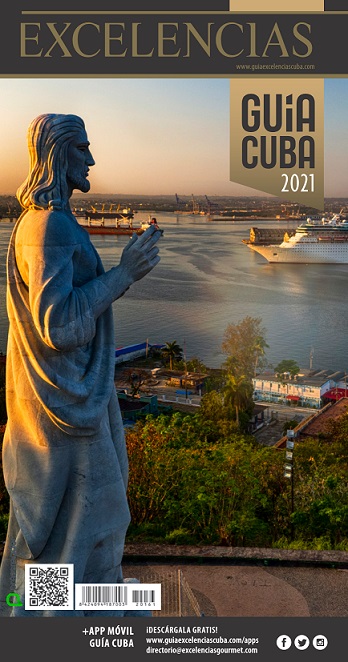Saint Vincent, of volcanic origin, is the country's largest and major island. Its capital is Kingstown. The island is marked by a great variety of massifs and torrents harboring an odd and abundant tropical vegetation. La Soufriere, Richmond Peak, the Grand Bonhomme and Mount Saint Andrews are indeed the island nation's rugged mountains. This is by and large a very lively and brisk city. Once you're there, don't forget to visit the fruit and vegetable market, as well as Fort Charlotte, both located atop a breathtaking promontory near the sea.






